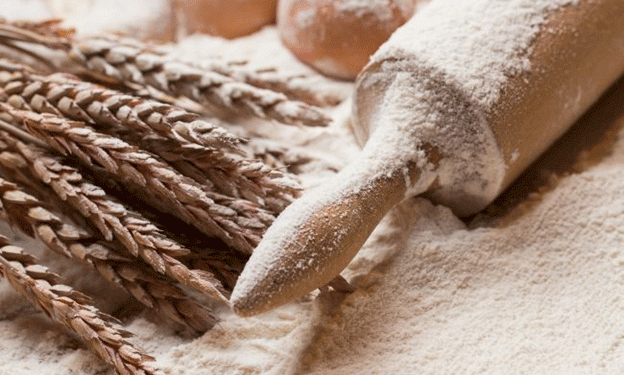In a significant shift, Armenia is seeking to reduce its reliance on Russian wheat imports as part of a broader effort to diversify its agricultural supply chain. Minister of Economy, Gevorg Papoyan, emphasized that this initiative is not politically motivated but is aimed at securing a stable and diversified food supply for the country. The decision was announced during a meeting discussing the 2025 state budget on November 5, 2024.
Currently, Armenia imports around 450,000 tons of wheat annually, with the majority coming from Russia. However, the economic viability of domestic wheat production has become increasingly challenging. According to Papoyan, wheat cultivation in Armenia is not profitable. With production costs exceeding the market value of the crop, farmers are facing significant financial pressure. Specifically, farmers earn about $1,031 per hectare from wheat cultivation, while their costs total approximately $1,082. This leaves a deficit of around $51 per hectare, further compounded by falling global wheat prices, which make domestic production even less competitive.
In light of this, the Armenian government is contemplating subsidies to make wheat cultivation more economically viable. Minister Papoyan suggested that a subsidy of around $206 per hectare would be necessary for wheat farming to become profitable. Despite these challenges, the Minister underscored the importance of incentivizing wheat cultivation to ensure the country’s food security. This is especially critical for uncultivated lands, which could be used for wheat production to reduce the country’s reliance on imports.
The shift in Armenia’s agricultural strategy is reflective of broader global trends. Many countries are increasingly turning to alternative wheat suppliers due to fluctuating global prices and supply chain disruptions. Armenia’s efforts are aimed at maintaining food sovereignty and protecting local agricultural industries, which are vital for both economic stability and national security.
Global Context of Wheat Production and Import Dependency
Globally, wheat prices have seen a significant decline in recent years. According to the Food and Agriculture Organization (FAO), world wheat prices fell by over 20% in 2023 compared to the previous year, making it harder for countries like Armenia, with limited domestic production capacity, to remain competitive. This price drop has created a dilemma for countries like Armenia, which must balance the need for self-sufficiency with the reality of higher production costs. Armenia’s efforts to diversify its wheat suppliers align with a broader trend of countries reassessing their agricultural import strategies in response to global market conditions.
Armenia’s search for alternative wheat suppliers reflects the ongoing challenges faced by countries dependent on agricultural imports, especially in the face of fluctuating global markets. By diversifying its sources and exploring domestic production subsidies, Armenia hopes to secure both its food supply and the economic stability of its agricultural sector. However, for farmers and agronomists in Armenia, these changes may bring both opportunities and challenges as they navigate shifting policies and market dynamics.
Error




